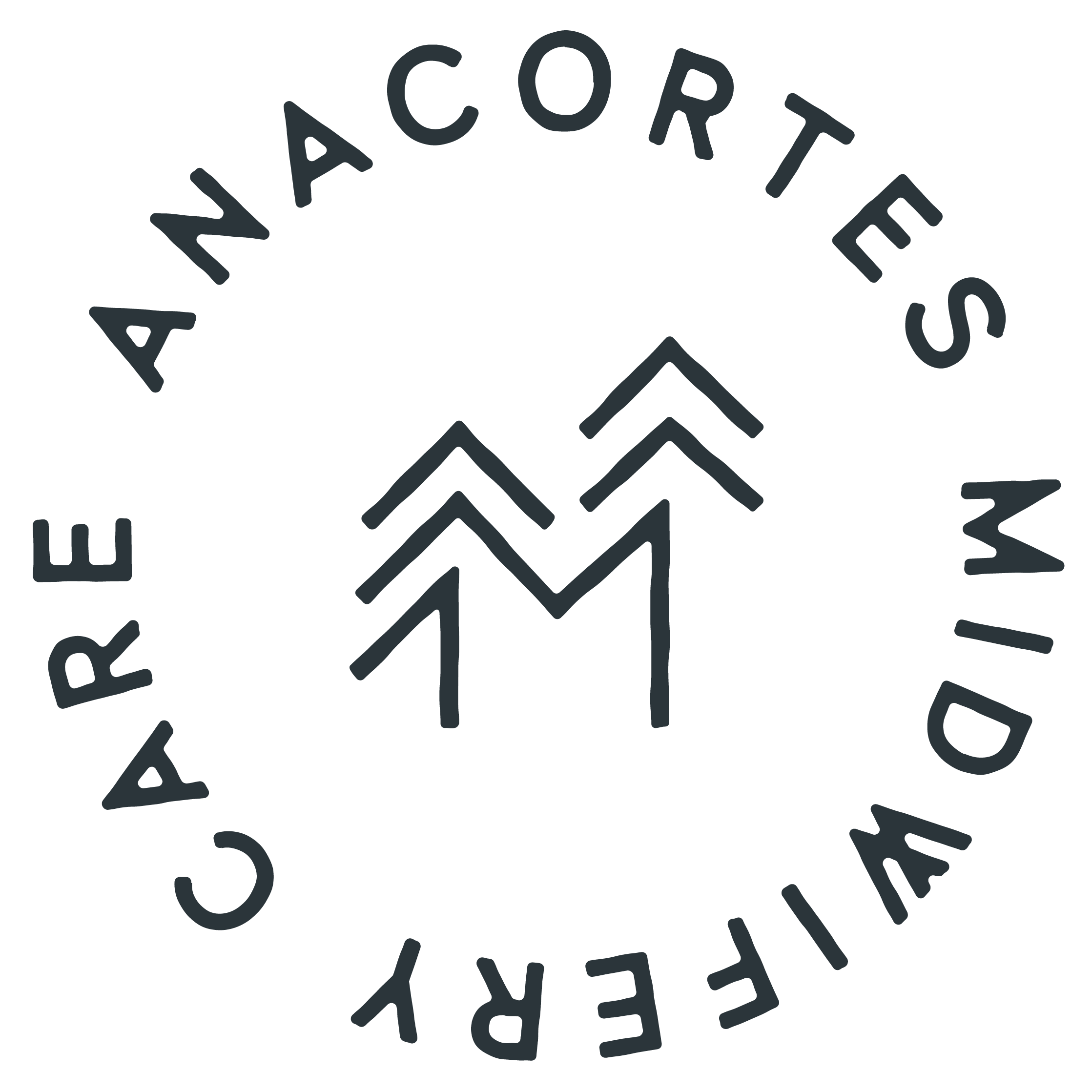
HOME BIRTH
Anacortes Midwifery Care is pleased to offer home birth as an option for our patients as of January 2023. Home birth is a great option for low-risk women who desire a low intervention birth and believe that home birth is a safe and responsible choice for themselves and their babies.
Kelly McKittrick has been a certified nurse-midwife since 2011 and has attended birth in homes, birth centers, and hospitals. She will have at least one birth assistant present with her at each home birth to improve safety. This assistant will be a student midwife, an RN, or sometimes even another midwife. Unfortunately, we will not be offering HBAC (homebirth after cesarean).
Home Birth Statistics
2%
WA state PREGNANT PEOPLE who choose home birth OR BIRTH CENTER BIRTH
88.3%
VAGINAL BIRTH RATE FOR FIRST TIME PARENTS WITH HEAD DOWN BABY WHEN DELIVERING OUTSIDE THE HOSPITAL IN WA STATE
76.1%
VAGINAL BIRTH RATE FOR FIRST TIME PARENTS WITH HEAD DOWN BABIES WHEN DELIVERING IN A WA STATE HOSPITAL
There are many studies comparing the safety of home birth and birth center births to hospital birth. These studies show that planned home or birth center births, for low-risk clients, attended by qualified midwives, are as safe, or safer than, hospital births. Overall, when birthing at home, interventions are reduced and satisfaction is increased.
While only 2% of pregnant people choose planned out-of-hospital birth in the US, it is more common in the state of Washington. In a study published in November of 2021, looking at over 10,000 planned out-of-hospital births, it was shown that the risks were low. First time moms (nulliparous) were more likely to transfer to the hospital (30%) or have a cesarean birth (11.4%) with those rates much lower for patients having their second or third baby (multiparous) (4.2% rate of transfer and 0.5% cesarean rate). To compare these rates to hospital births in Washington State, the nulliparous rate of cesarean (NTSV) is 23.9%. The rate of emergent transfers to the hospital in this study was under 5%.
The perinatal mortality rate after the onset of labor (intrapartum and neonatal deaths through 7 days) was 0.57 (95% CI 0.19-1.04) per 1,000 births. Rates for other adverse outcomes were also low. Compared with planned birth center births, planned home births had similar risks. This shows that home birth can is a safe option for low risk women.
Birth Outcomes for Planned Home and Licensed Freestanding Birth Center Births in Washington State. Nethery E, Schummers L, Levine A, Caughey AB, Souter V, Gordon W. Obstetrics and Gynecology, 01 Nov 2021, 138(5):693-702. Read full article
Locations
Home birth will be offered on Fidalgo Island, the north end of Whidbey Island (Oak Harbor and north) and east of Fidalgo Island to I-5 with a radius of approximately 20 miles (Mt Vernon, Burlington, La Conner).
you might want a homebirth if you value:
Staying home where you feel more safe and comfortable
Moving freely in familiar surroundings
Eating and drinking as desired
A low intervention birth experience
Recovery from birth in your own home/bed
Newborn care in your home for the first 1-2 days
preparation required!
To have a successful home birth you will need to prepare in several ways:
Prepare your mind for a low intervention birth: Confidence in your abilities matters!
Prepare your house for a home birth - we will give you a supply list and do a home visit approx 36 weeks
Prepare your team to support you well during your birth - we strongly recommend you consider a doula, but other support people include a birth photographer and family/friends who make you feel safe and supported

Frequently asked questions about home birth
How many home births will you attend each month?
We plan a maximum of 4 homebirths per month.
Who is your back up?
Miranda Montellano is the backup midwife. Our OB/Gyns at IslandHealth are available for consultation and transfer of care, however, a hospital transfer will depend on the closest, safest hospital.
Who will be there?
Kelly will be there and she will have someone there as a birth assistant. The birth assistant may be another midwife, a trained birth assistant, a nurse, or a midwifery student. The birth assistant may change based on timing/schedules. We will collect a separate fee for our birth assistant at 36 weeks.
What certifications do you have?
CNM - certified nurse-midwife
NRP - neonatal resuscitation
BLS - basic life support
IBCLC - international board certified lactation consultant
What equipment & medications do you carry?
Oxygen tank, resuscitation equipment, hemorrhage medications, IV medications (including fluids and antibiotics to use as needed), lidocaine and suture for lacerations, newborn medications, and more.
What is the cost of homebirth?
We bill insurance just the same whether you have a home birth or hospital birth. For home birth, we charge an additional $500 that you will pay us separately by 36 weeks to pay for our birth assistant. This fee is non-refundable unless you transfer prior to labor. This cannot be billed to insurance. You will save on other fees, specifically the facility fee that is charged when you deliver in a hospital or a birth center.
What IS High risk?
Can i have a water birth?
Testimonials about Kelly
“When I was with Kelly, I felt comfortable enough to be vulnerable about all the challenges of pregnancy. Essentially, my birthing journey would not have been possible without her. I labored for over 30 hours and when I was exhausted and ready to give up, Kelly sat down with me and said, ‘You are almost to the end, if you want to start pushing with your next contraction, go ahead.’ This moment gave me the power to have control over my body and I began to take charge. It felt incredible to have Kelly tell me to listen to my body and follow my instincts to birth my baby.” - Alaina
